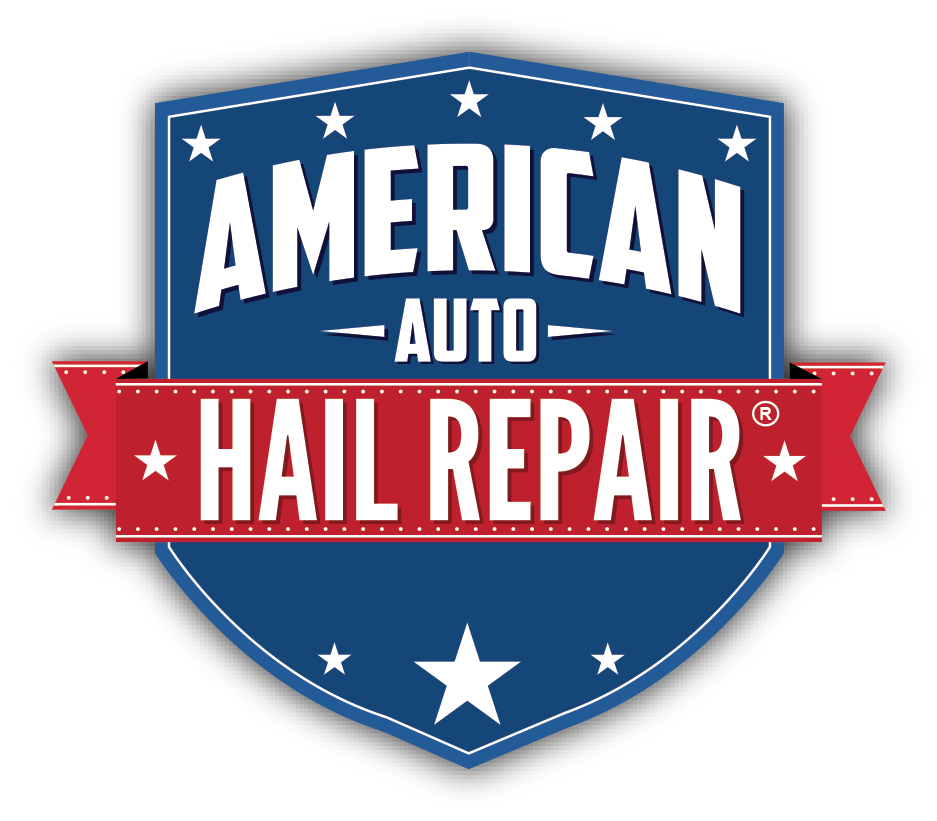Know the signs of hail and how to stay safe
Most people run for cover when a hailstorm begins, and for good reason. We’ve all seen the news reports and photos of golf ball-sized hail cascading down from the sky as motorists seek refuge underneath bridges and overpasses, trying to escape the catastrophic damage that hail is known to cause. Hail is unavoidable, unfortunately, but it helps to understand the different types of hail that can affect you, what signs to look for, and learn how to stay safe even when an angry sky is pelting you with chunks of hard ice.
Types of Hail & Frozen Precipitation
Frozen precipitation typically assumes three different forms, and it’s important to understand the characteristics of each in order to be able to estimate any potential damage to your property or vehicles:
● Hail. Like most precipitation, hail begins as a droplet of water. When high winds are present, the droplet is pushed up into the sky towards colder temperatures and freezes very quickly. The heavier it gets, the less it can be pushed around by the wind, and the more dents you’ll see on the hood of your car.
● Sleet. Sleet is similar to hail but begins as snow before hitting the warmer air and melting on its way to the ground. As it passes through layers of warm and cold, it reaches the ground as a slushy piece of ice.
● Snow. Consistently cold temperatures cause precipitation to fall as fluffy snow. Without passing through layers of warm and then cold again, snow maintains its shape and doesn’t turn to ice before hitting the ground the way that sleet does.
If you know the signs of hail and what to look for, it’s much easier to plan ahead and avoid costly repairs.
What Signs Should I Look for?
During the rainy season, high winds are what cause water droplets to blow around and hit the colder temperatures required to transform them into chunks of hail. If you live in a hail-prone area, be mindful when thunderstorms are in the forecast, especially if it’s getting windy. Of the different types of hail and frozen precipitation, larger chunks of hail that measure 1 inch or larger are classified as severe, so if it’s rainy and windy during the spring or summer months, it’s smart to stay indoors and keep your vehicle inside the garage.
Expert Hail Damage Repair Specialists
American Auto Hail Repair understands how devastating hail damage can be, and we pride ourselves on offering hail damage repair in the Denver, CO, and Fort Collins, CO areas. Hail damage doesn’t have to ruin your day, and our goal is to put a smile back on your face by completing your repairs quickly and skillfully. We’ll provide you with support during your insurance claim by arranging your rental car detailing your vehicle inside and out. We’ll even pay $1,000 towards your deductible! Call the Colorado hail damage experts to discuss the repair of your hail damaged vehicle and American Auto Hail Repair will make it right.

